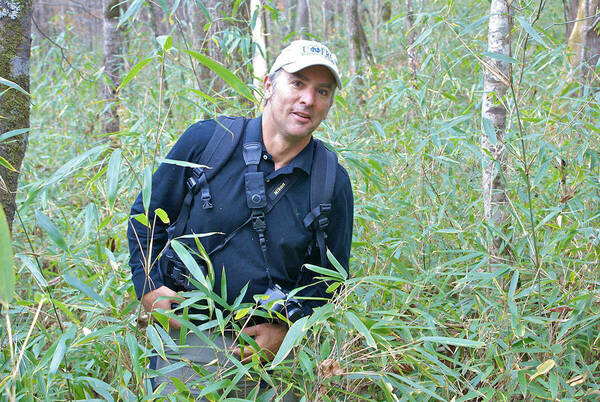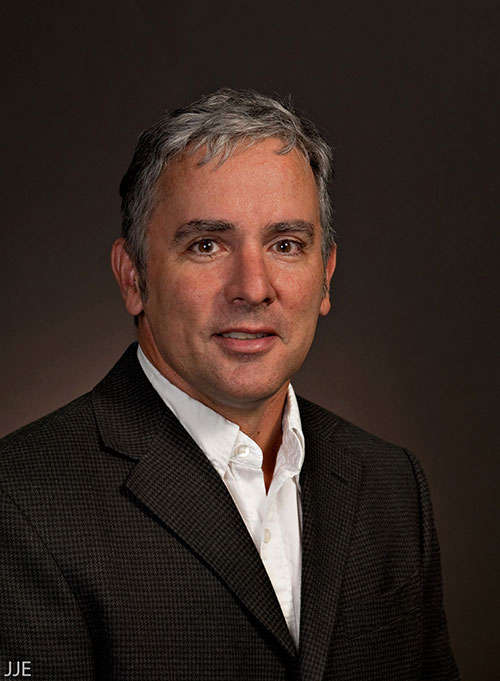
Biologist James Elser ’81 knew he didn’t want to be a doctor when he first came to Notre Dame as a freshman, even as he pursued a major in biological sciences.

“My father was a doctor, and I knew I wasn’t cut out for that,” said Elser, who became a member of the National Academy of Sciences (NAS) in 2019. The NAS is an organization in which members are elected for life by current members, based on their distinguished and continuing achievements in scientific research. For scientists, being elected into the NAS can be compared with the prestige of being inducted into the NFL Hall of Fame, crossed with an invitation to play in the Pro Bowl.
Of course, Elser was not necessarily aiming for this honor when he arrived on the Notre Dame campus. “I wanted to do something with nature, or be a park ranger, or something, but I really had no idea,” he said.
He is now best known for his work in developing and testing the theory of ecological stoichiometry, which is the study of the balance of energy and multiple chemical elements in ecological systems. This approach has had major impact in changing how ecologists study all sorts of ecosystems from streams and lakes to deserts and grasslands.
What set him on his path was a trip after his sophomore year to the University of Notre Dame Environmental Research Center (UNDERC), located in the Northwoods region between Wisconsin and the Upper Peninsula of Michigan. Once there, one of his first classes was with George Craig, a world-renowned entomologist and Notre Dame professor who was inducted into the National Academy of Sciences. Elser also completed undergraduate research during his senior year with former Notre Dame professor Stephen Carpenter, another National Academy of Sciences member who is now a professor at the University of Wisconsin-Madison.
Elser is the Bierman Professor of Ecology of the University of Montana, and the director of the university’s Flathead Lake Biological Station at Yellow Bay. Before working in Montana, he was previously a professor at Arizona State University, where he still holds a part-time research faculty position in the School of Sustainability.
But limnology – the study of inland aquatic ecosystems – got into Elser’s blood during his time at Notre Dame.
“Everything else was history after that,” said Elser, who grew up in Naugatuck, Connecticut. “This was a whole science dedicated to going out on lakes and doing research – once I found out about that, there was nothing else that I wanted to do.”
After graduating from Notre Dame, Elser earned his master’s degree from the University of Tennessee and his doctoral degree from the University of California-Davis. His co-authored book about ecological stoichiometry is considered to be the backbone of the field.
Not only did his brother graduate from the University two years before he did, but Elser also met his wife, Monica (Mueller) Elser ’80 at the University, and their son Stephen Elser ’14 graduated with a degree in environmental sciences. He is pursuing his doctoral degree from Arizona State.
James Elser’s latest work focuses on lakes in Glacier National Park that have been formed because of climate change and retreating glaciers. He and collaborators have been sampling the lakes, describing them, and recording initial observations.
“We’re trying to turn this into something more than a descriptive study, but this is a place to start,” Elser said.
Elser, who is Catholic, said his undergraduate experience at Notre Dame shaped the philosophical direction of his career.
“Notre Dame has a progressive social ethic that you carry to your daily life in the Catholic tradition of service,” Elser said. “And I think that’s something that scientists can sometimes forget about, because they get narrowly focused on their science and can often neglect their broader obligations to society.”
Originally published by at science.nd.edu on December 19, 2019.